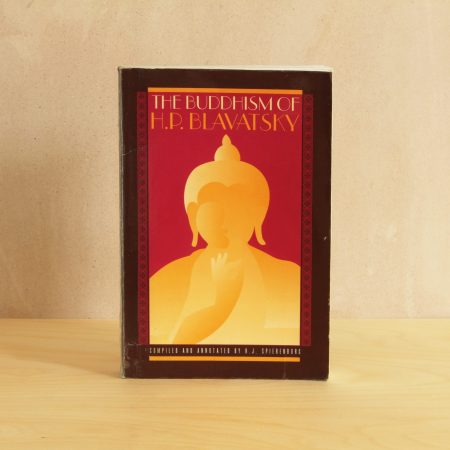Description
Michael’s Mission: Revealing the Essential Secrets of Human Nature
Twelve lectures given at Dornach, Switzerland between 21 November and 15 December 1919
Speaking in the aftermath of the Great War, Rudolf Steiner presents a series of extraordinary lectures on the power and mission of the Archangel Michael. He paints on a broad canvas—in the context of cosmic and human evolution—revealing Michael’s tasks in the past, present and future. Originally the countenance of Yahweh, Michael has metamorphosed from a ‘night spirit’ to a ‘day spirit’. As ‘the Countenance of Christ’, Michael helps us find a balance between ‘luciferic’ and ‘ahrimanic’ tendencies. The old ‘dualism’ (such as good versus evil), says Steiner, needs to be replaced by the trinity of Lucifer-Christ-Ahriman. Filling our heart with the Christ Impulse creates an equilibrium between the luciferic influence that imbues our head and the ahrimanic influence at work in our limbs.
Rudolf Steiner describes how humanity faces three dangers in the social sphere: spiritual life could flow into the ‘pit of mendacity’ ruled by Ahriman, individual rights might descend into the ‘pit of selfishness’ (Lucifer), and economics into cultural sickness and death (Asuras). In order to prevent European-American culture from perishing, it will be necessary to turn towards contemporary ‘threefold’ social ideas.
Steiner also speaks about the principle of metamorphosis in connection with evolution and devolution, as evident in the design of the pillars in the newly-built Goctheanum. Architectural styles are an expression of human evolution, as can he seen in Greek temples, gothic Cathedrals, the Grail temple and the building at Dornach. Amidst many other themes, Rudolf Steiner addresses the problem of natural necessity and freedom, and the abolition of the trichotomy of body, soul and spirit at the Council of Constantinople in AD 869.
Translated by Johanna Collis. Includes 10 colour plates of black board drawings by Steiner.
Michael’s Mission, Rudolf Steiner, Rudolf Steiner Press, 2015
Paperback. Octavo. New. 260 pp.




